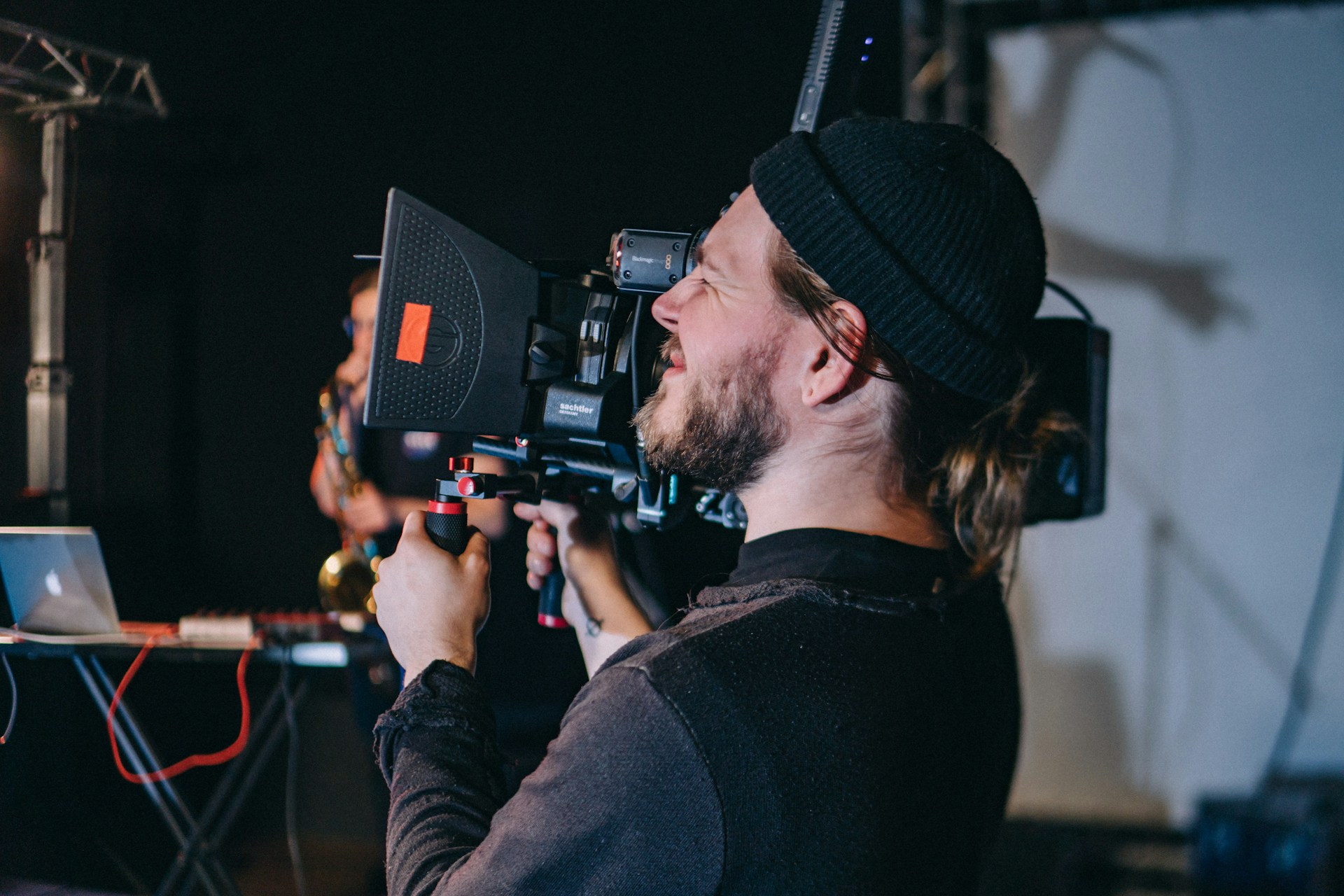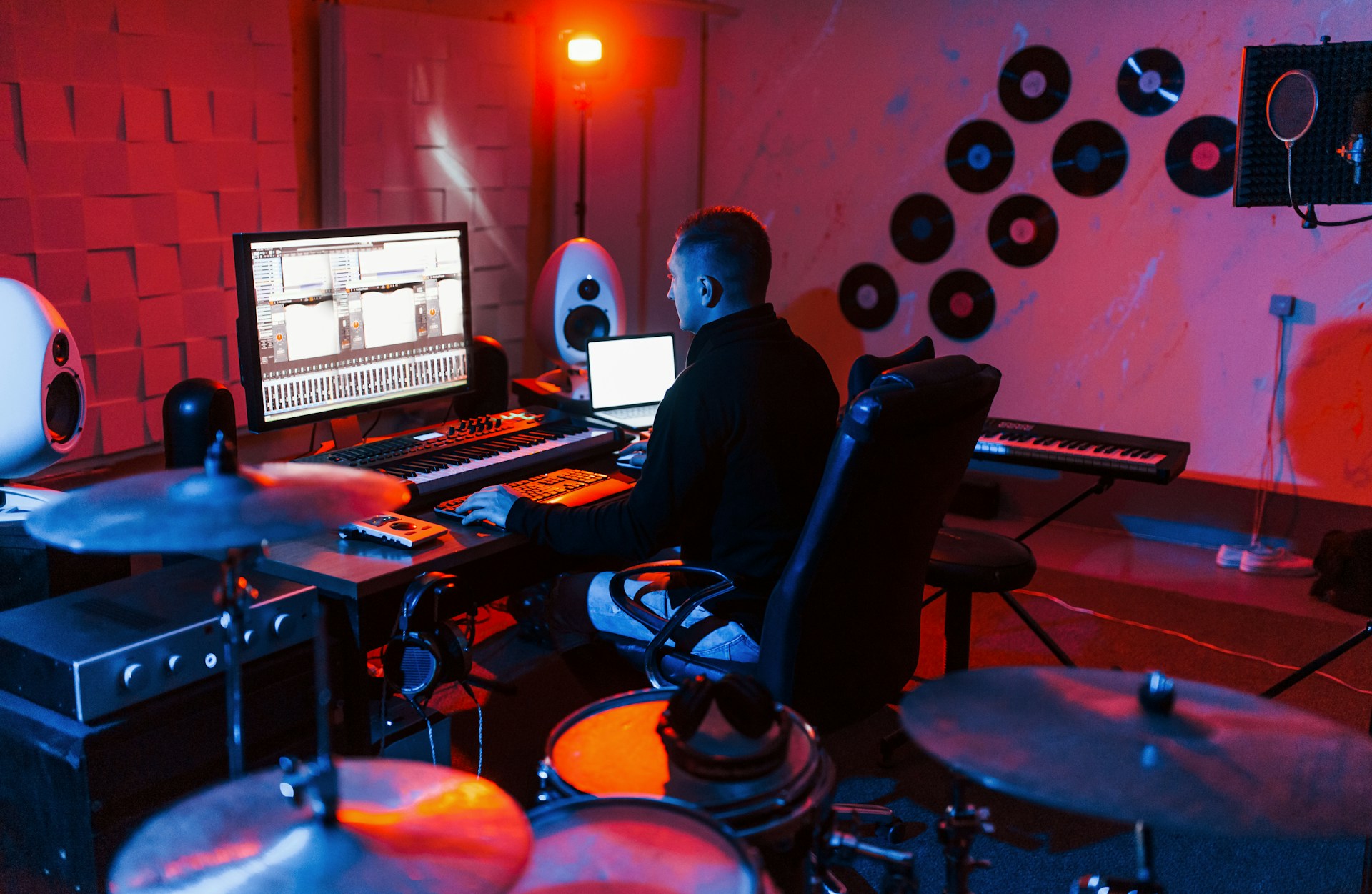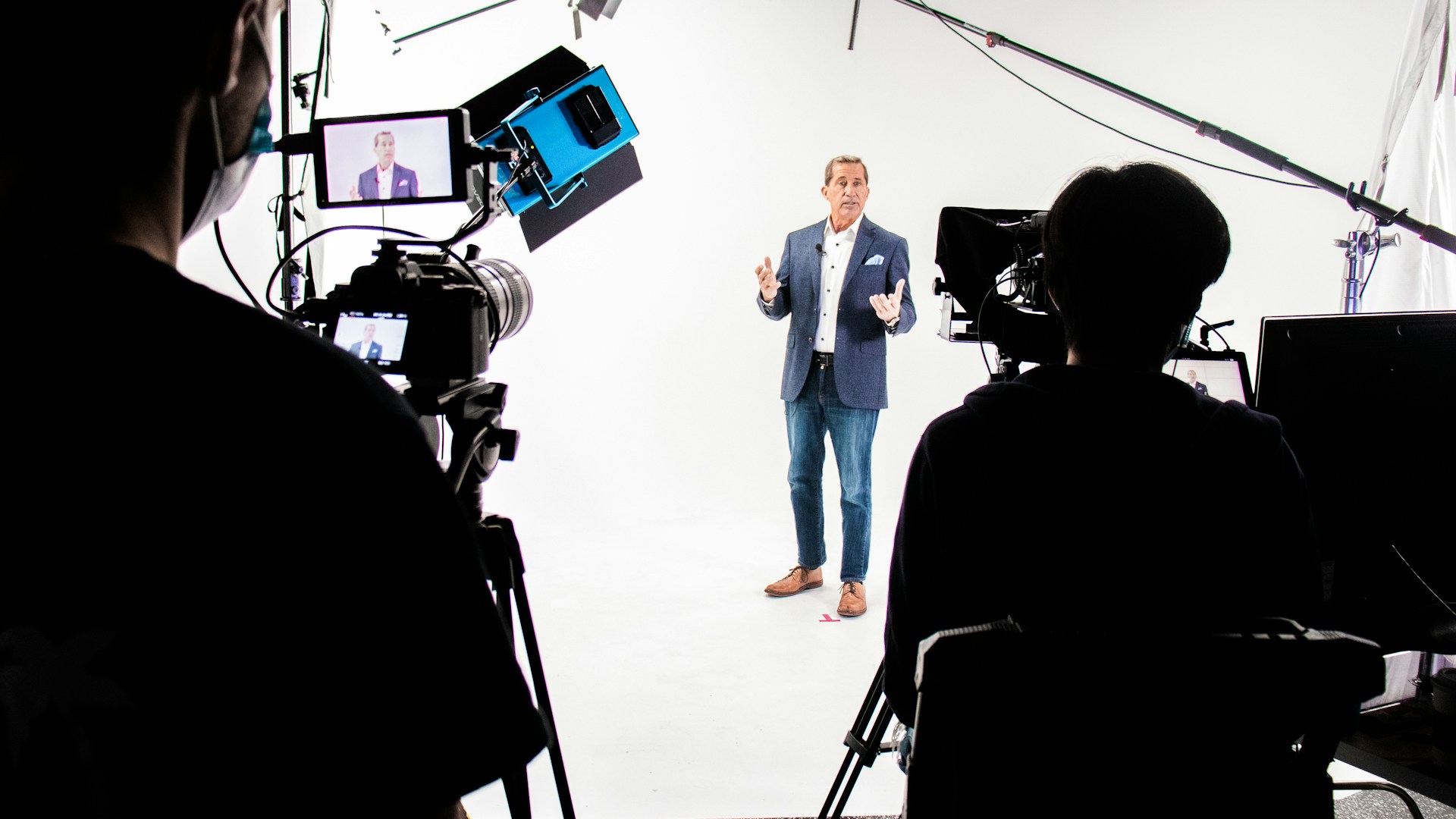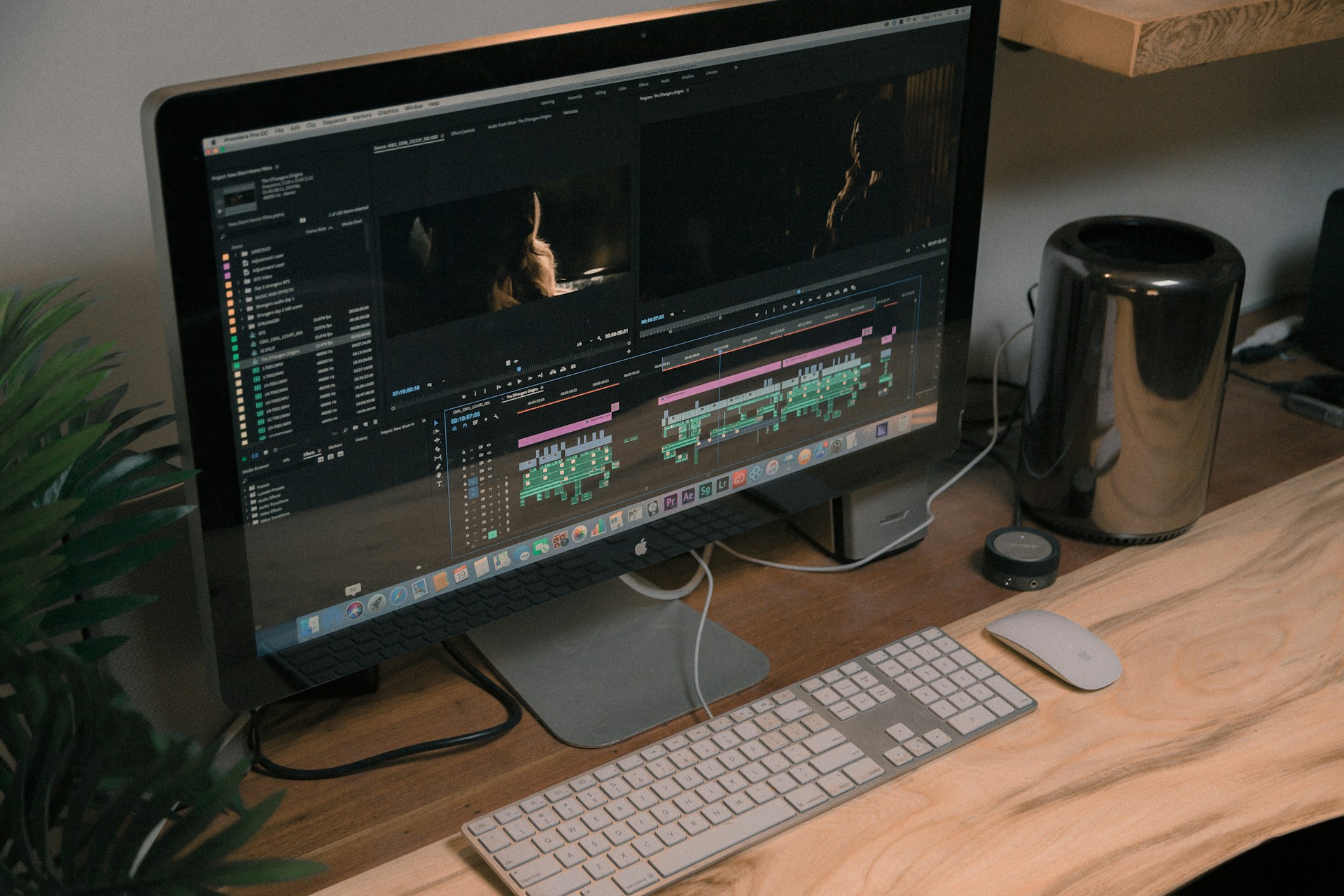Recording a podcast can be a rewarding way to share your stories, ideas, and expertise with the world. Yet, there’s nothing more frustrating for podcasters than the unwelcome sound of background noise ruining a carefully planned episode. From the hum of air conditioners to the distant blare of traffic, these interruptions can detract from the clarity and professionalism of a podcast. Listeners might find it distracting, ultimately losing interest in the content being presented.
Dealing with background noise is a common hurdle in podcasting, but it helps to understand that every podcaster faces this battle. Whether it’s the playful bark of a neighbour’s dog or the unexpected clattering of dishes, these disturbances interrupt flow and impact sound quality. Tackling background noise not only improves the listening experience but also reflects the dedication and quality of the podcast itself. Let’s explore where these noises typically come from and how to effectively manage them.
Identify the Common Sources of Background Noise
Understanding the common culprits of background noise is the first step in organising a cleaner recording session. Recognising these sources helps in planning and implementing suitable solutions.
– Indoor Noises: Everyday appliances like refrigerators, fans, and heating systems often create a consistent hum that the microphone can easily pick up.
– Outdoor Noises: These include traffic sounds, construction work, and even distant sirens. Even though your recording space is indoors, such noises can seep through windows and doors.
– Environmental Noises: Weather conditions like rain tapping on windows or wind rustling through trees can create unintentional soundscapes that interfere with clarity.
– Unintended Equipment Noises: Sometimes, even the podcast gear itself can be a source. Microphones sometimes pick up static or crackles if not well-maintained or correctly set up.
Recognising these sounds is just as important as controlling them. As you work to create a more professional-sounding podcast, these insights can guide your efforts in setting up and adjusting your recording environment. Let’s take a closer look at ways to prepare your recording space to minimise these disruptions.
Preparing Your Recording Space
Creating the right recording environment is key to cutting down on unwanted noise. Transforming your space into a podcast-friendly zone doesn’t require a complete makeover, just some thoughtful adjustments. Soft furnishings, for instance, can absorb sound waves, reducing echo. Curtains, cushions, and carpets can be strategically placed around your room to help dampen any noise.
Positioning the microphone wisely also plays a role in minimising unwanted sounds. Try placing it away from windows or doors which are likely sources of exterior noise. The aim is to point the microphone towards a quieter part of the room. This way, it can pick up your voice without the interference of background sounds.
Choosing the right time and location for recording is also smart. Picking a quieter time of day can help, as can choosing a room that sits farther from street noise. A place like a walk-in wardrobe might sound funny but can offer a surprisingly noise-free environment. With these little changes, your recording space becomes a much quieter canvas for your podcast.
Using Equipment to Minimise Noise
Investing in the right gear can make a significant difference in sound quality. A decent microphone should be your first priority, as higher quality mics are designed to focus on picking up your voice, reducing the chances of picking up the ambient hum of a fan or other distractions.
Noise-canceling headphones come in handy during recording and post-production stages. They can help keep your focus on the quality of the recording without external distractions. Consider using pop filters and windshields as well. These accessories help to manage breathing sounds and plosive noises, offering a clearer recording session.
Editing and Post-Production Techniques
Once you’ve recorded, jumping into editing can help smooth out any lingering noise problems. Several software tools are designed specifically to clean up audio tracks. They offer features that can automatically reduce background hum and static. With patience, a bit of equalising magic, and possibly using noise gates, you can refine your audio and let your podcast shine.
Remembering to balance audio levels is the cherry on top. Make sure vocals and any accompanying sounds are clear and harmonious. This process isn’t too complex and can be crucial for wrapping up a polished project.
Enhance Your Podcast with Noise-Free Recording
All these steps work together to elevate your podcast quality. By tackling background noise hands-on, you’re paving the way for a smoother show and a more enjoyable listening experience. Incorporate these insights and adapt them to your setup. Doing so not only improves your podcast but also sets a solid foundation for continued growth and professionalism in your recordings.
By understanding how each part of the recording environment affects sound, you position yourself to move forward with confidence. Embrace these practical strategies and let your creativity flow unhindered by unwanted noise. With persistence, you’ll find that achieving a pristine podcast recording is entirely possible.
Achieving a pristine podcast recording is within reach by setting up your space and gear wisely. If you’re looking to elevate your podcasts and maintain high audio quality, explore how On Air can support your needs with their services in podcast recording. With the right strategies and professional assistance, your listeners will be keen on every word you share.






